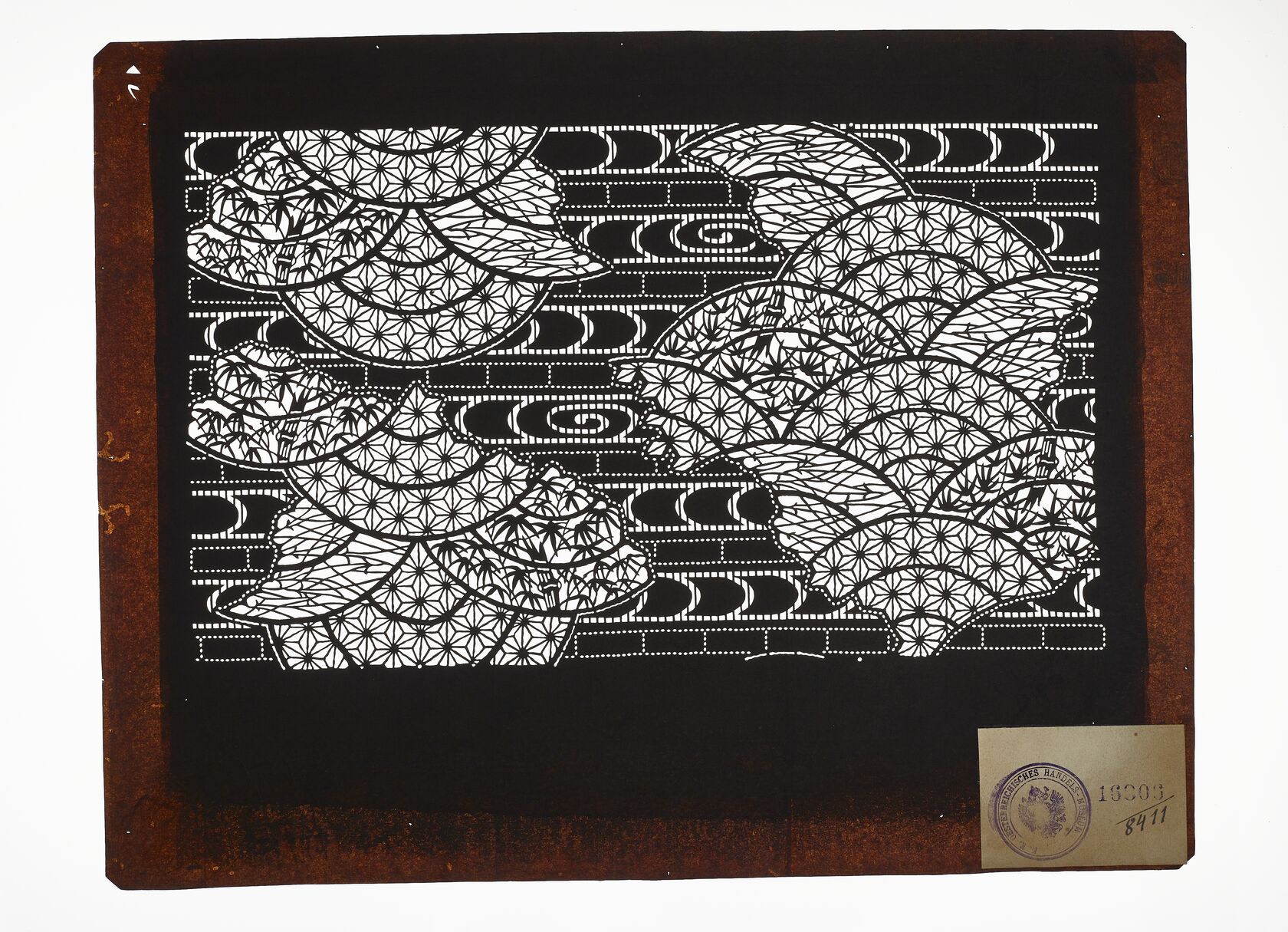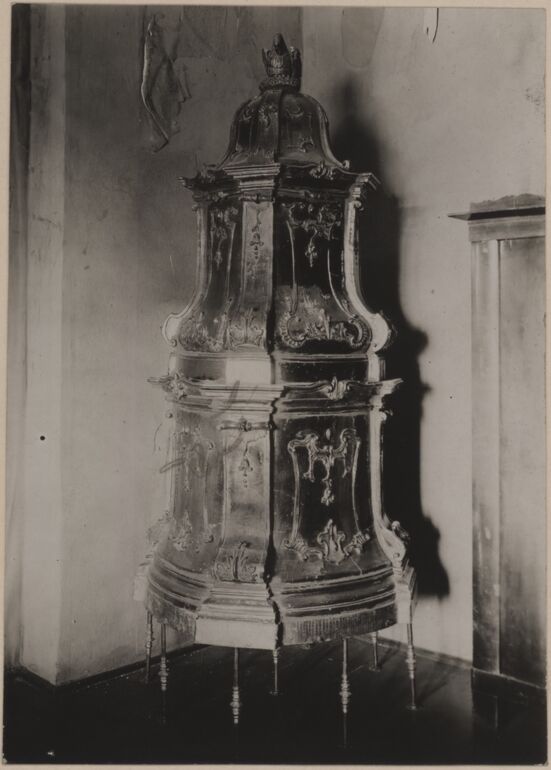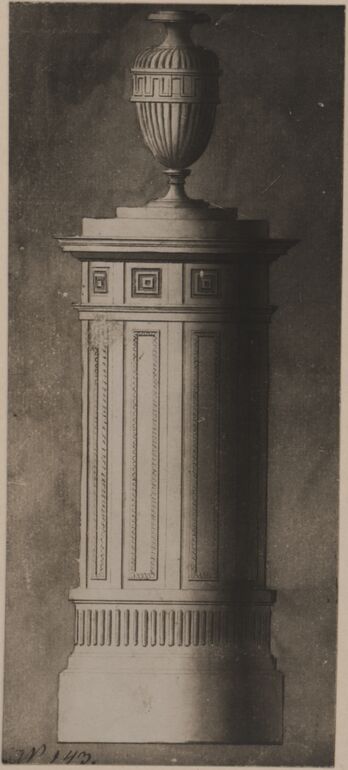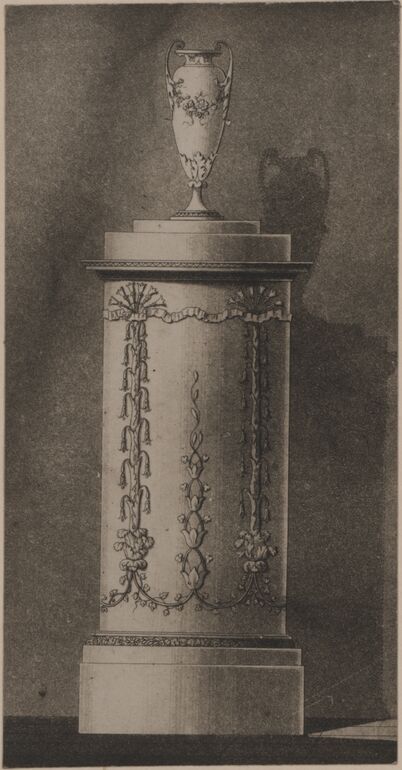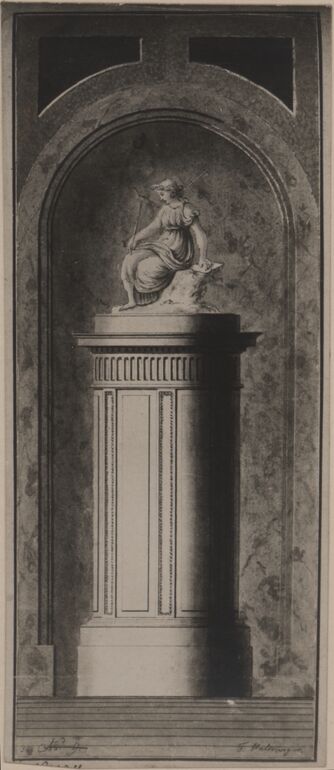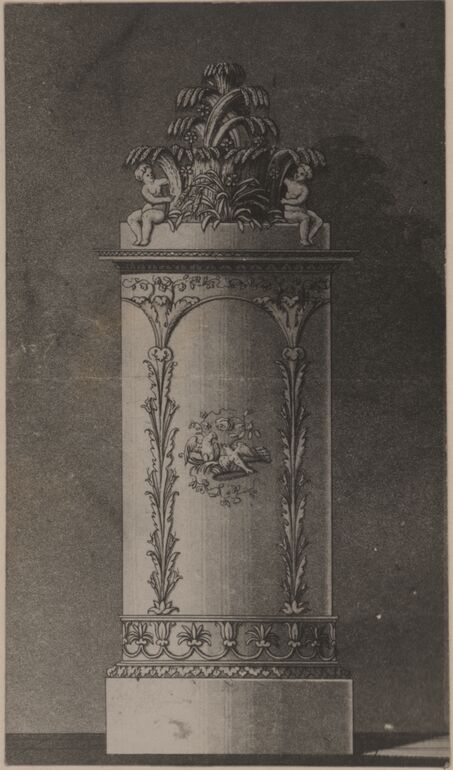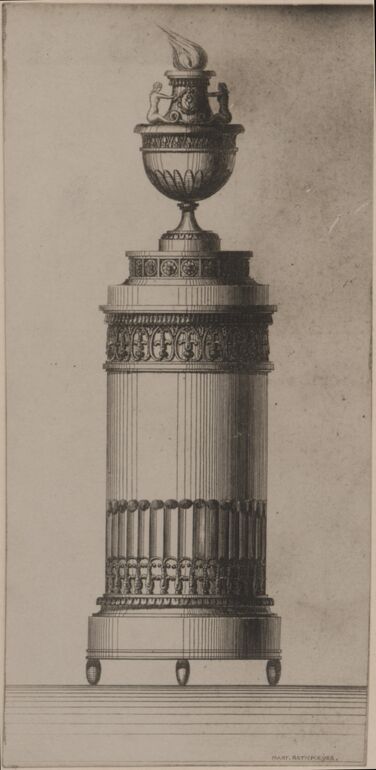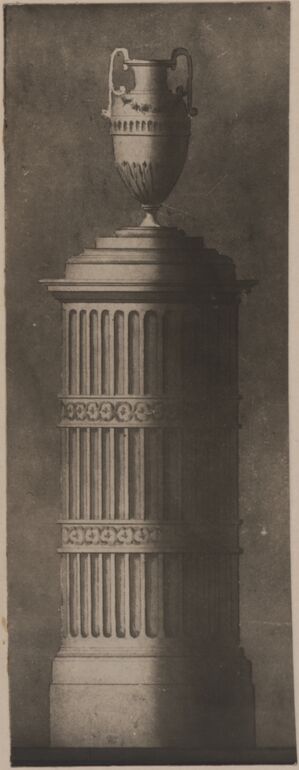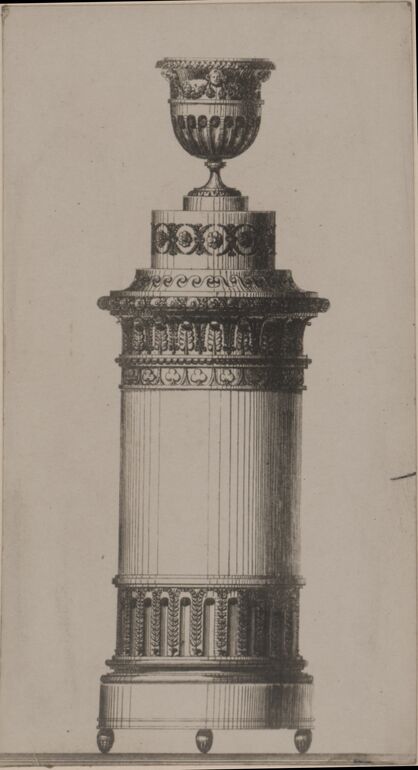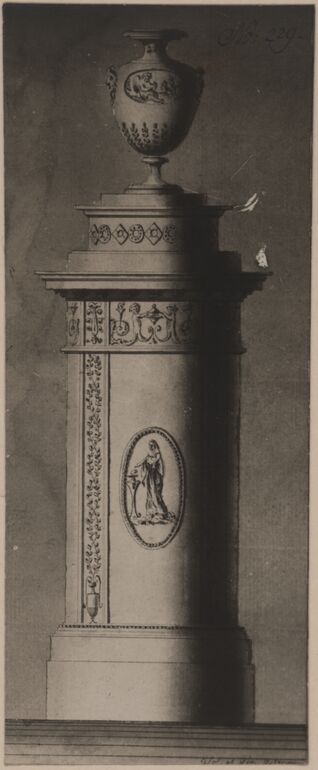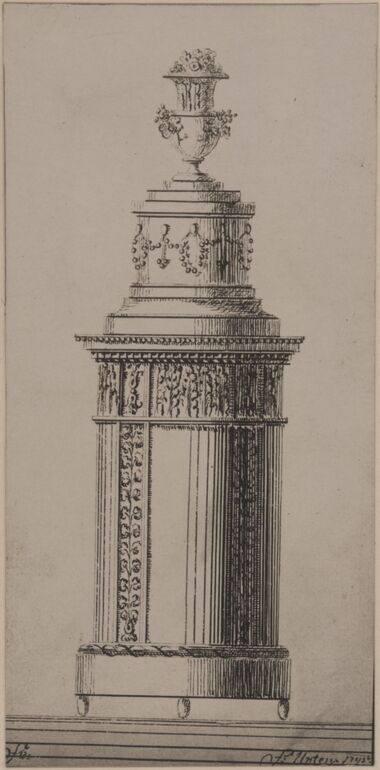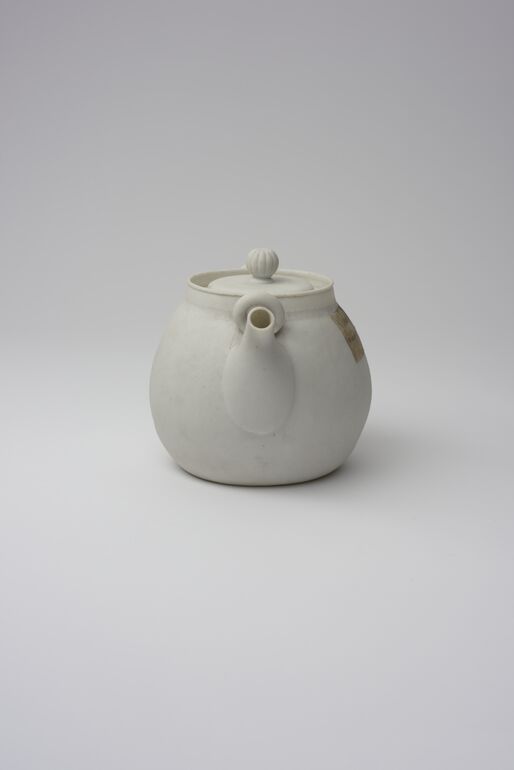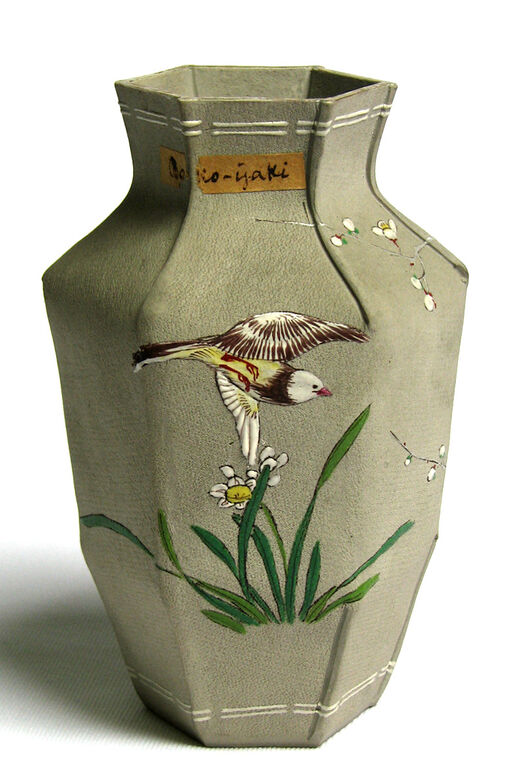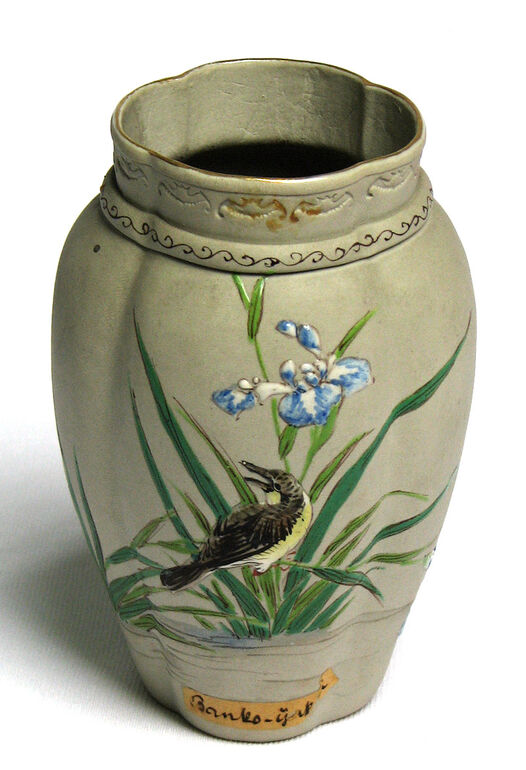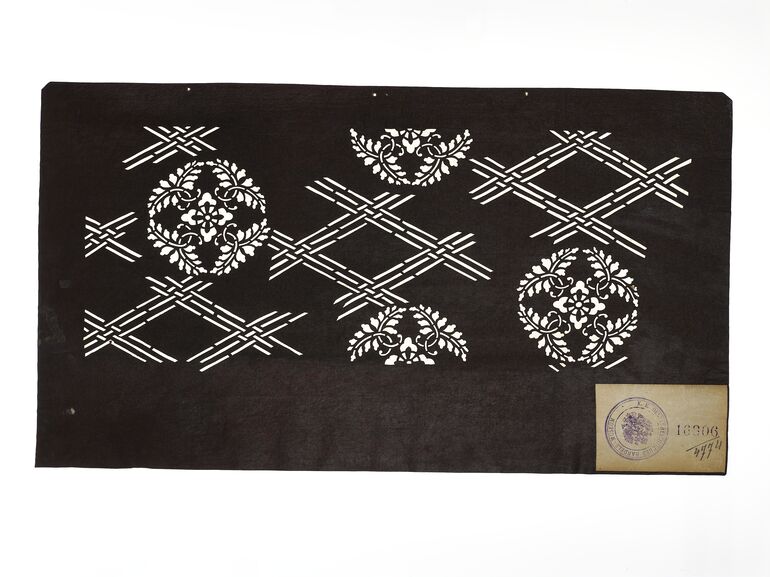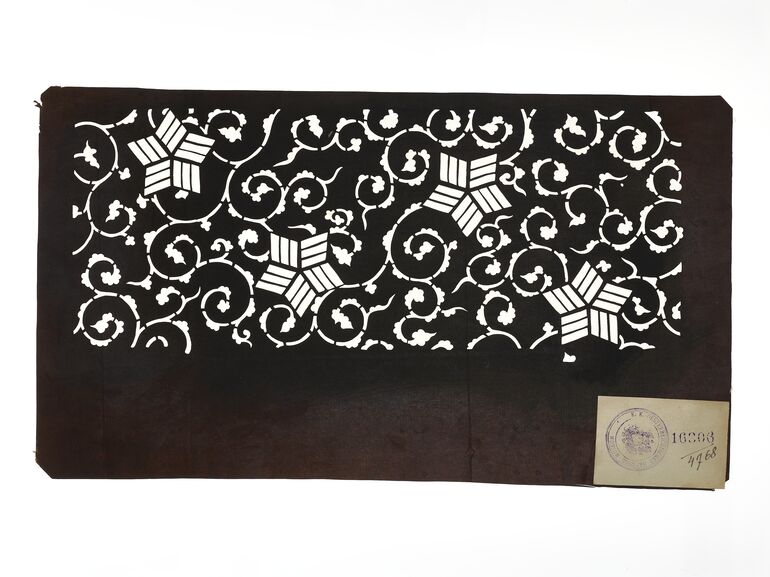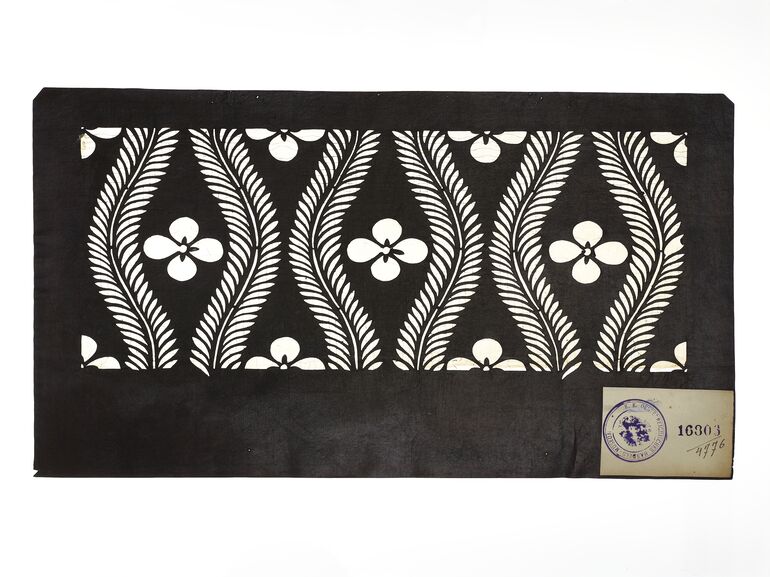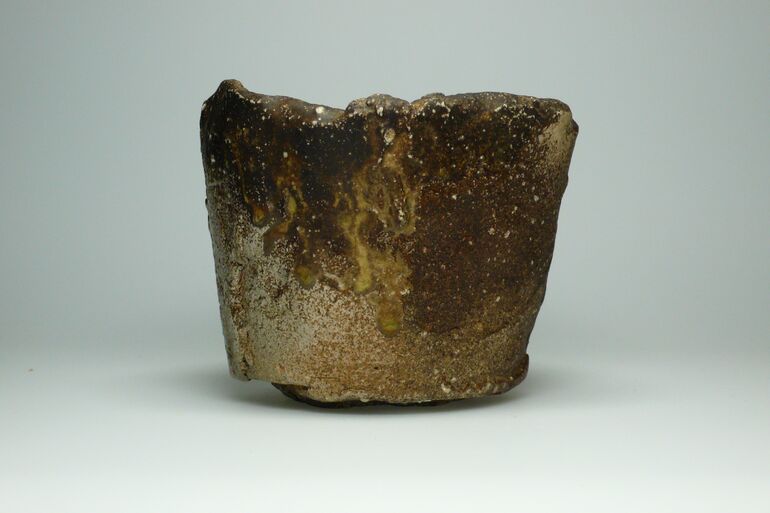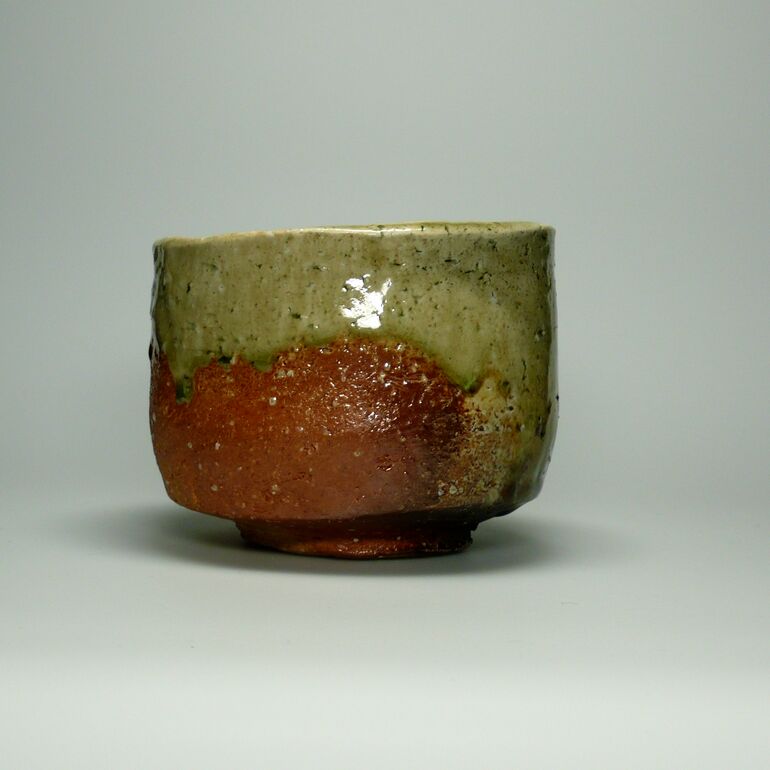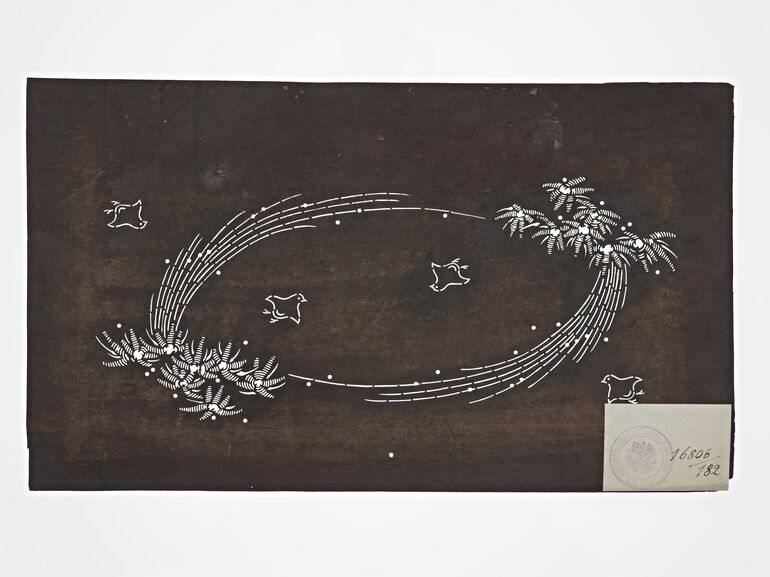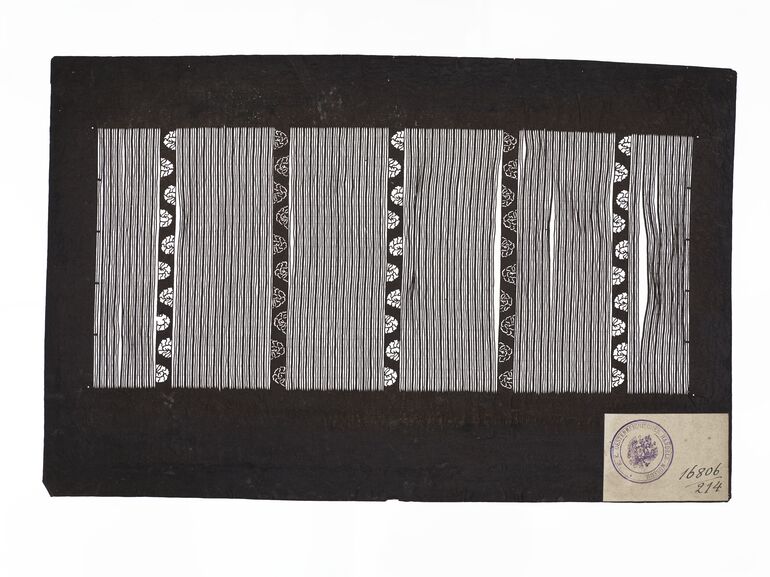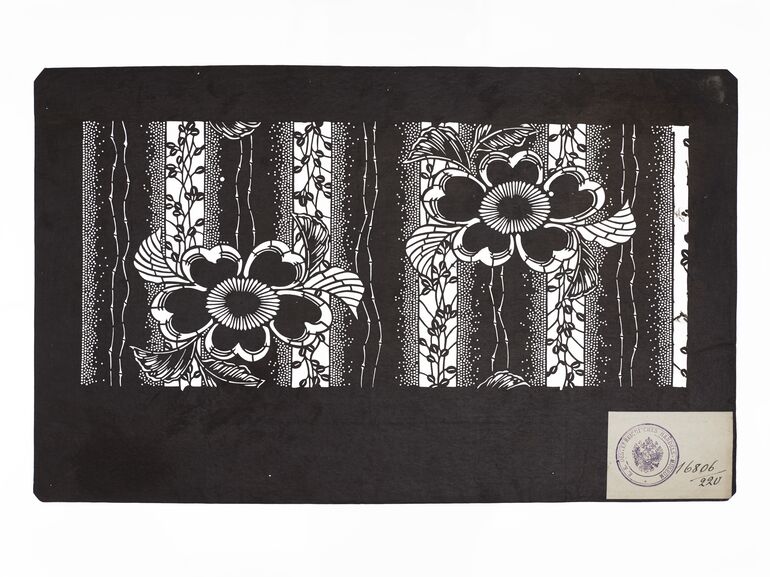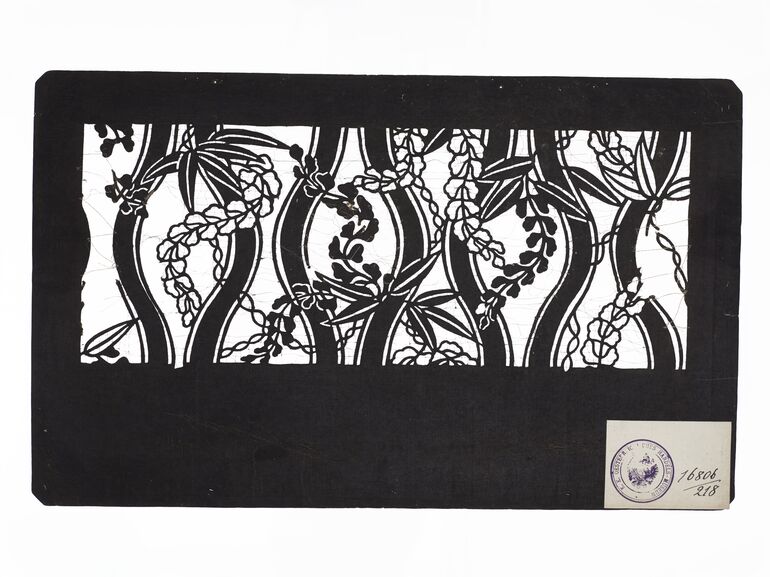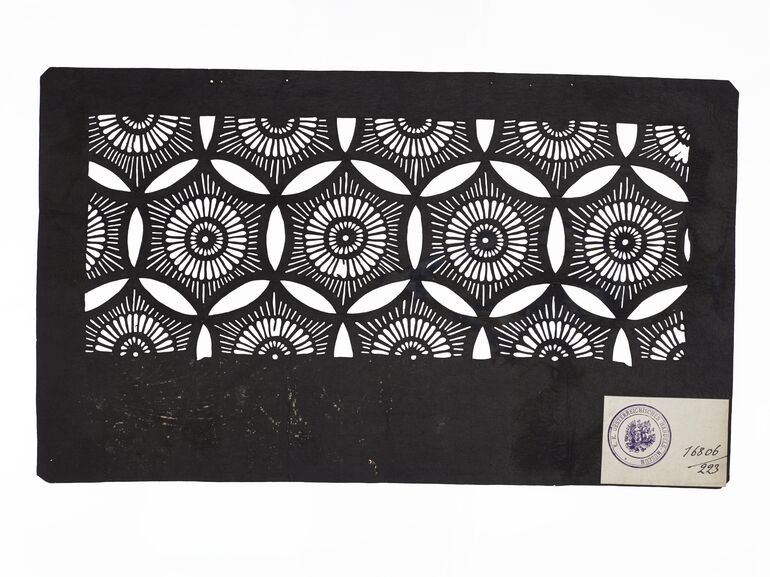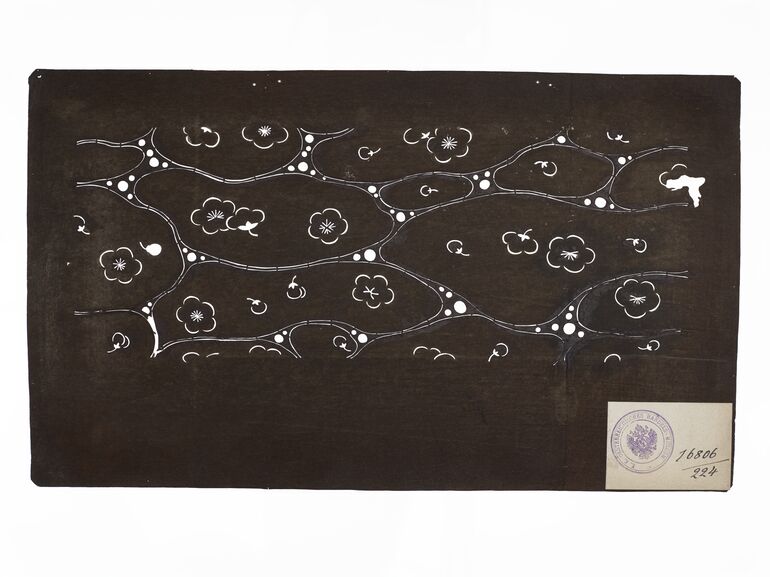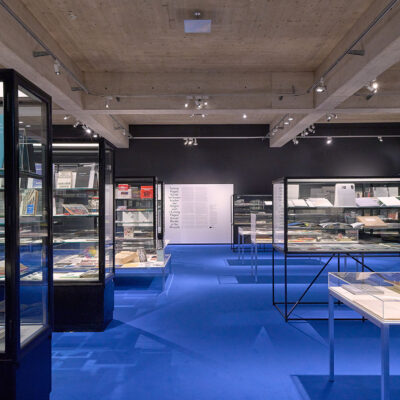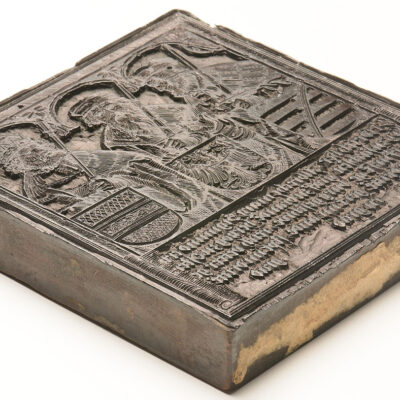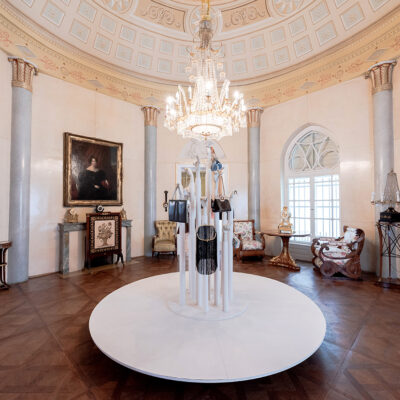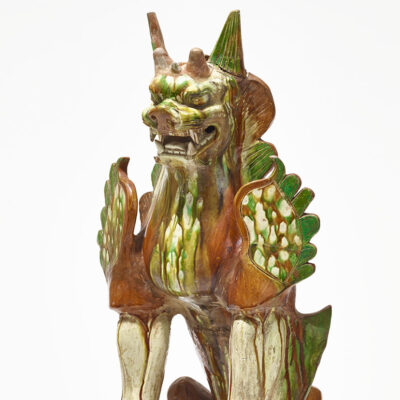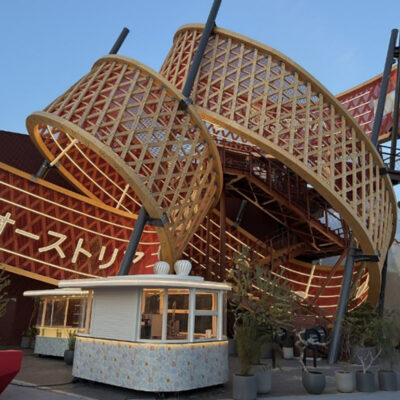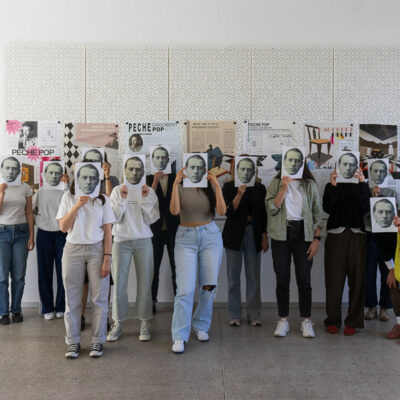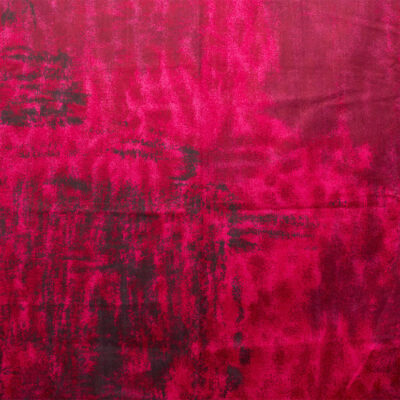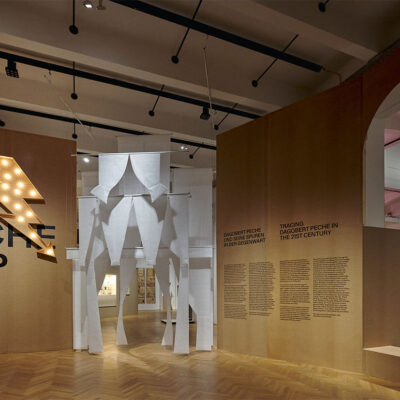題名
- 割付文様、植物文様: 一の字繋ぎと観世水の横列に 麻の葉文様や松葉散らしや竹のモチーフの青海波の部分
Collection
Production
- 作者: 無名, mie-ken 三重県, 19. Jahrhundert
- 作者: 無名
時代 | 王朝 | 様式
材料 | 手法
作品番号
- OR 3925-8411
Acquisition
- 引継 , 1907
Department
- アジアコレクション
Description
-
Seigaiha 青海波 („blue ocean waves): a pattern that can be found in many regions of the world. In Japan it can be found on Haniwa robes from the Kofun period (approx. 300-538). But only since the Kamakura period (1185-1333) has the pattern been associated with water (e.g. Koseto jugs). The name seigaiha 青海波is said to go back to a title of a Gagaku dance.
Asa no ha 麻の葉 (hemp leaves): a hexagonal pattern called asa no ha 麻の葉 because it resembles the hemp leaves. A hemp plant is robust and grows straight up. Therefore, the pattern is said to have been preferred for the clothes of the newborns. It is not only found on kimonos, but also on obi, under kimonos and small pouches.
Pine needles (matsuba 松葉) usually grow in pairs and are held together at the base by a needle sheath. The motif of pairs of needles below the pine tree is considered a symbol of marital love and harmony.
Bamboo (CHIKU/take 竹) is valued for its straight and strong growth. Since its does not wither even in winter, it represents immortality and longevity or strength, but also purity.
Ichi no ji tsunagi 一の字繋ぎ: lit. "connection of Chinese character 一".
Kanzemizu-mon 観世水文, originally a family crest of the Nō dynasty Kanze 観世 depicts a water swirl. The appearance of Kabuki actor Gen’nosuke 源之助, the later Sawamura Sōjūrō IV. 四代目沢村宗十郎 (1784-1813), as Komamono Yashichi in a robe with a kanzemizu pattern led to the motif becoming fashionable.
Bamboo (CHIKU/take 竹) is valued for its straight and strong growth. Since its does not wither even in winter, it represents immortality and longevity or strength, but also purity.
-
型紙, 割付文様、植物文様: 一の字繋ぎと観世水の横列に 麻の葉文様や松葉散らしや竹のモチーフの青海波の部分, Anonym, MAK Inv.nr. OR 3925-8411
Last update
- 26.09.2025
